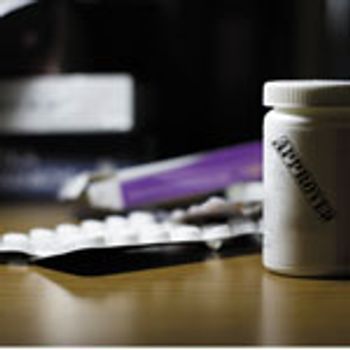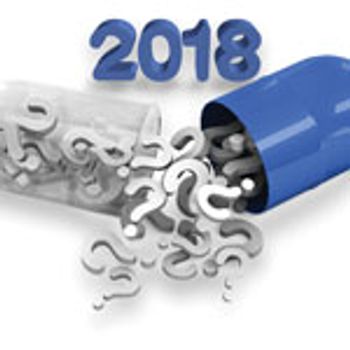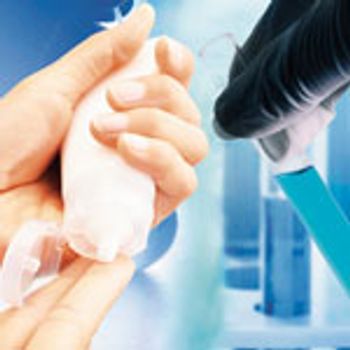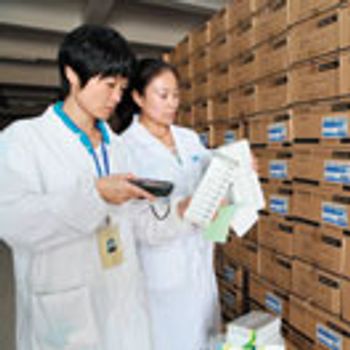
FDA looks to achieve near-record level of new drug approvals following slowdown in 2016.

FDA looks to achieve near-record level of new drug approvals following slowdown in 2016.

Bio/pharma professionals manage expectations amid industry uncertainty.

Will business decisions and drug pricing policies help or hinder science and drug approval advances in 2018?

The authors offer recommendations for permissible daily exposures and concentration limits of elemental impurities for dermal drug products.

Policy makers look to boost generic drugs, curb opioid abuse, and maintain incentives for innovation.

Enterprise-wide processes, procedures, and systems are the keys to data integrity and peace of mind, according to Siegfried Schmitt, PhD, principal consultant at PAREXEL.

Process validation is an extension of biologics development processes.

Pharmaceutical companies and contract manufacturing organizations report lack of readiness for the US Drug Supply Chain Security Act serialization deadline.

A review of 2017 advancements from the Open-SCS working group with Charlie Gifford, group technical director.

Everyone may not be ready for the deadline, but open standards based on GAMP and GS1 will soon be released; more companies are also leveraging what they’ve learned from serialization to improve overall efficiency.

The biotechnology company has filed for FDA approval of a new plasma manufacturing facility in Covington, GA, to support its immunology franchise.

The recall was initiated due to a product complaint in which white particulate matter, identified as mold, was discovered in a flexible bag from one batch.

Implementation of the Packaging Serialization Standard cuts serialization costs, shortens deployment time, and expedites compliance with anticounterfeiting regulations.

New tax legislation may result in savings for biopharma companies.

FDA has approved a new gene therapy for treating patients born with a rare, inherited vision loss.

FDA sent a warning letter to Deserving Health International Corp. after inspectors found CGMP violations including failure to prevent microbiological contamination.

Sanofi Genzyme and its partner, Alnylam Pharmaceuticals, have filed a marketing authorization application with EMA for an investigational RNAi therapeutic for treating a genetic-based disease.

EMA recommends suspending the marketing of modified- or prolonged-released products containing paracetamol due to a difficulty in managing overdose.

The European Commission has closed its infringement procedure against Roche after the company completed remedial actions.

The draft guidance provides guidance on the development of drugs and biologics in which a nanomaterial is present in the finished dosage form.

The agency has proposed a risk-based enforcement approach to protecting patients against unproven homeopathic drugs.

The agency published guidance on the research and development of individualized therapies.

The company is seeking approval from FDA for use of the drug, migalastat, to treat Fabry disease in patients who have amenable mutations.

FDA has approved a Pfizer biosimilar to J&J’s top-selling anti-inflammatory biologic, Remicade.

The draft guidance gives recommendations on how certain oral drug products should be labeled regarding gluten.